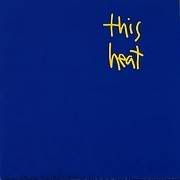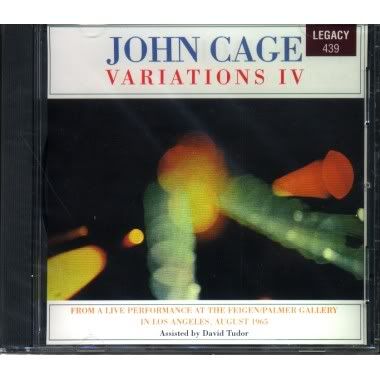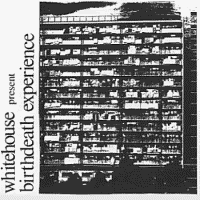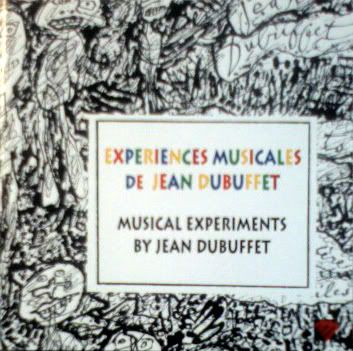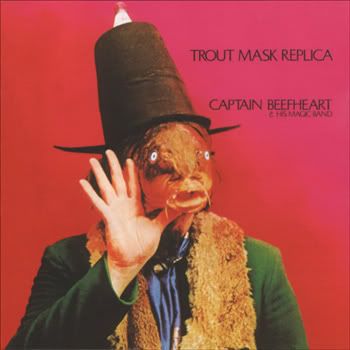
INA-GRM, 1995; available
4 compositions spread over 10 tracks (see review), 77:13
The late Luc Ferrari had a gift for truly innovative recordings. While he definitely stuck to musique concrete, there's no mistaking a Ferrari piece for anyone else. This CD is a compilation drawn from four separate releases and covering three decades. "Music Promenade" and "Presque rien no. 1, le lever du jour au bord de la mar" date from the late '60s, "Presque Rien No. 2, ainsi continue la nuit dans ma tête multiple" is from '77, and "Presque rien avec filles" is the most recent, being completed in '89. Actually, the above dates for all pieces should say "completed in (year)"; each one apparently took quite a while to finish. However, the effort was worth it! "Music Promenade" is perhaps the most primitively conceived; essentially consisting of four tapes playing simultaneously, it is a densely loaded sonic collage of epic proportions. Prerecorded music, laughter, discussions, animal sounds.... yeah, everything shows up here, possibly even the kitchen sink! "Presque rien no. 1", by comparison, seems deceptively simple. It is, as the title makes clear, a recording of "dawn at the seaside" in a Yugoslavian village with VERY subtle manipulation. While basically a field recording, this is an intensely fascinating listen. Motorboats depart from the shore, the echoing of the motors creating electronic detritus in their wake (excuse the pun). People sing what seems to be a traditional song. Cicadas buzz and hum, providing their own form of music. At this point, the listener is probably wondering which sounds are left raw and which are processed and/or added to the mix. After twenty minutes, the tape abruptly cuts off, and the piece is over. But up to that point, you have been transported to the village, and the result of coming back is jarring. Incredible as "no. 1" is, it pales in comparison to "Presque rien no. 2". Subtitled "thus the night continues in my multiple head", Ferrari initially considered this too personal to release; thankfully he changed his mind! The recording itself is much more active on Ferrari's part. He actually carries the microphone and tape recorder, so his footsteps and softly spoken words are part of the natural soundscape. The sounds of birds, insects, and other animals dominate the piece, but these are often electronically manipulated and layered onto the initial recording. In addition, Ferrari seamlessly grafts such musical elements as organ drones and what could very well be electronic percussion onto the recording. For its entire 21:29 duration, "no. 2" is completely fascinating and not really like anything else being done at the time. "Presque rien avec filles" closes the disc, and it is a decent piece. However, the circa '89 production and electronic sounds haven't dated nearly as well as the preceding pieces. That minor quibble aside, "avec filles" is still a delightful listen, if far removed from the other two "Presque rien" pieces. The noisiest of the series, it begins with sheets of white noise and goes on to incorporate random electronic drums and other interesing touches, all surrounded by the sound of girls talking to each other. It's worth noting that the CD indexing divides all the compositions into multiple tracks. Thus, "Music Promenade" occupies tracks 1 and 2, "Presque rien no. 1" is on 3 through 5, "no. 2" is 6 to 8, and "avec filles" fills up 9 and 10. Any serious fan of electronic music, musique concrete, or modern composition needs these pieces, and this is the best place to get them all at once. Alternately, once you're hooked on Ferrari, you may want to purchase the 10-disc box set; it's reasonably priced (usually about $100, which is VERY low for a multi-disc set) and contains all the essential compositions. The compilation SON MEMORISE has "Presque rien no. 4", which is very much worth hearing as well; it also has a piece from the same period as "no. 2" and the incredible "Salicebury Cocktail", which was one of Ferrari's last works.
